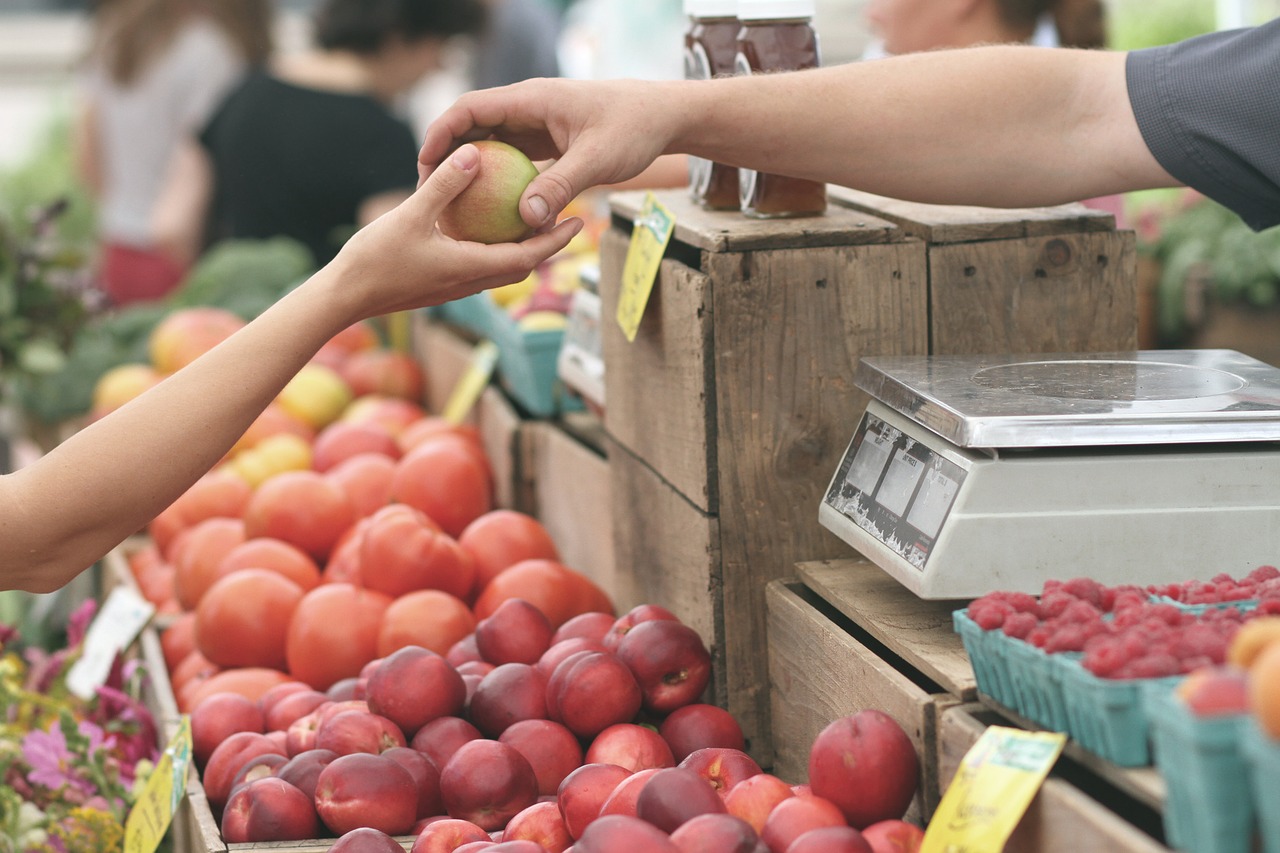There are farmers markets all over the world. In our country alone, the number of markets has risen significantly over the past few decades. Where did they originate?
First, what exactly is a farmers market? The USDA defines it as: “a multi-stall market at which farmer-producers sell agricultural products directly to the general public at a central or fixed location, particularly fresh fruits and vegetables (but also meat products, dairy products, and/or grains).”
In addition to produce, meat, etc., vendors can also sell prepared foods, plants, flowers, baked goods, and even craft items. Generally, there is a requirement that all products sold must be local. Of course, the term “local” is subject to interpretation.
Food is undoubtedly the most important commodity sold at a farmers market. The idea behind farmers markets is that the middleman – the grocery store – is cut out of the equation. You’re buying fresh produce straight from the growers themselves.
Farmers markets date all the way back to Egypt over 5,000 years ago. Farmers along the Nile came together to sell their fresh produce.
The first farmers market in the United States opened in 1634 in Boston, Massachusetts. Many markets began following: Hartford in 1643, New York City by 1686, and Philadelphia in 1693, to name a few.
During the 1700s, 1800s, and the first half or so of the 1900s, grocery stores gained in popularity; consequently, interest in farmers markets fell.
In the 1970s, the public began to remember the quaintness of farmers markets, and all the access to fresh, healthy foods they provided. Remember, in the Food History post with baked Alaska, we learned about how America became health conscious around the 1970s. Fresh, healthy, and easy-to-prepare foods became the priority for housewives and their families.
During the late 1970s, a peach harvest surplus inspired lawmakers to allow farmers markets in California. Prior to that time, state regulators outlawed the sale of produce outside of commercial markets. The laws regarding the packaging and selling of produce were very strict.
In 1977, there were so many peaches that farmers were unable to sell, they dumped their excess on the state capitol lawn. Jerry Brown, governor of California at the time, allowed an exemption for farmers to sell produce at farmers markets. This shift in food laws yielded to the creation of markets such as the Gardena Farmers Market, one of the first farmers markets in Southern California.
The appeal of farmers markets took another great leap between 1994 and 2008, when the number of operating markets rose 300% during that 14 year time frame. Farmers markets have only continued to expand in numbers over the years.
Today, farmers markets are as commonplace in a community as a grocery store. They can be as small as only three to four vendors, or as large as hundreds of farmers coming together.
The biggest farmers market in the world is in Tokyo, and boasts over 1,700 stalls.
